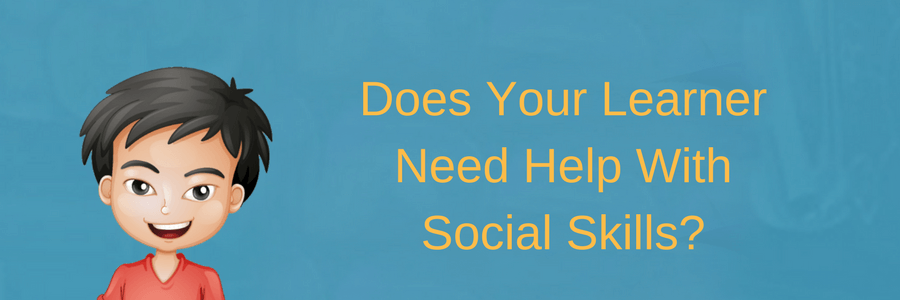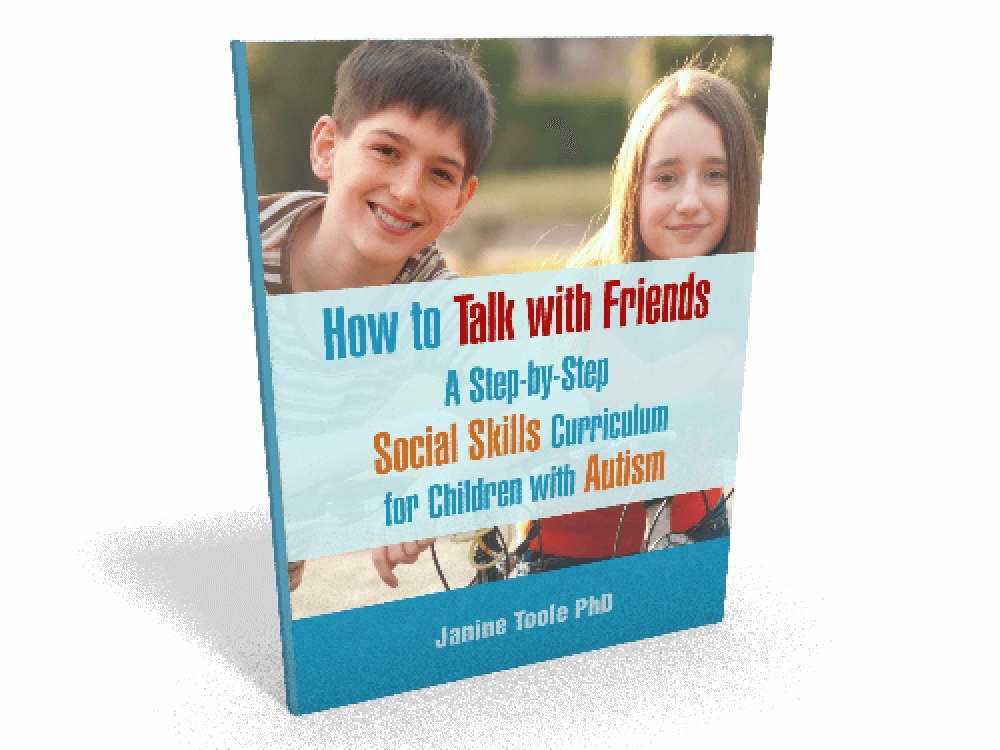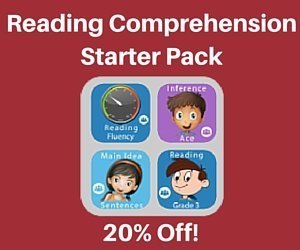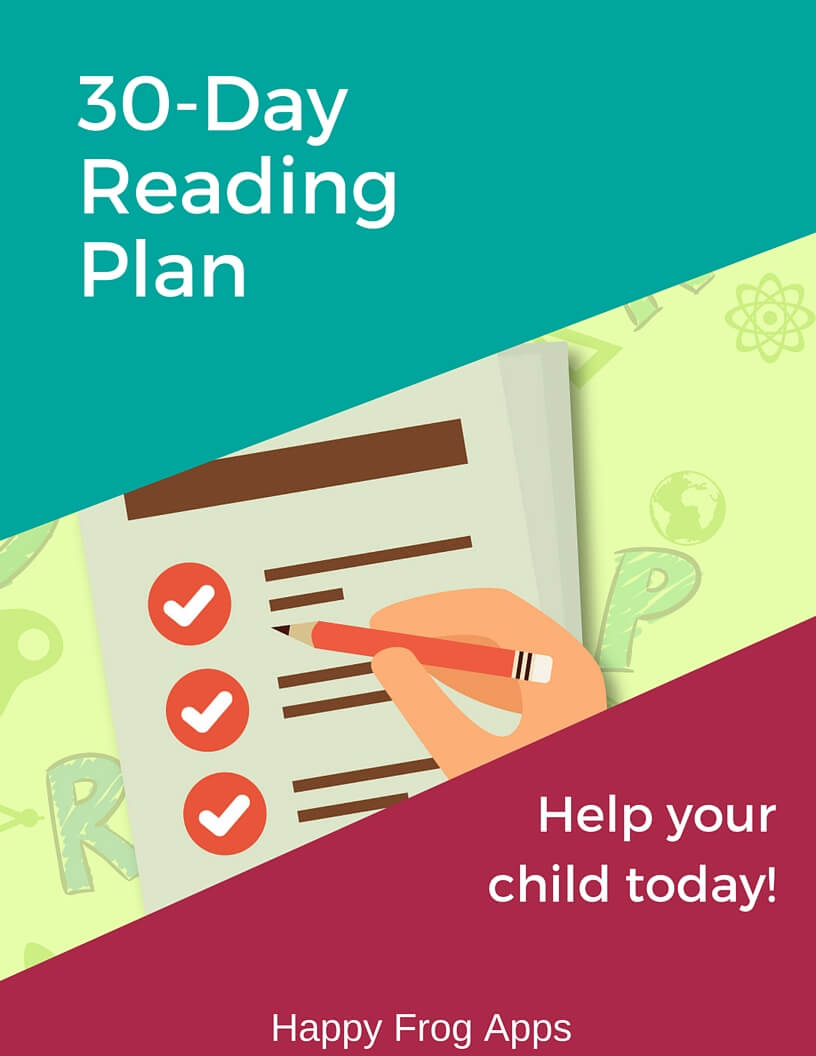Author: Janine Toole
Does Your Learner Struggle With Math?

If so, that’s okay.
There are two concrete things you can do today to start your child on the road to success.
Step 1: Ensure Math Facts Are Fluent
Getting your child fluent in math facts is the single best thing you can do to help your child with math.
Strong math fact fluency is correlated with success at math in later elementary and high school.
Knowing your math facts frees up precious working memory to deal with new or challenging information. Your child needs that if they struggle with math.
So if your child can’t answer their math facts within 1-2 seconds, you need to make that your first goal.
We have apps that can help.
Our Math Facts Fluency Builders provide:
— Math facts introduced in learnable groups.
— Built-in timers to ensure fluency at all levels. Earlier levels allow more time. Final levels require FAST answering!
— Students progress only when mastery of the current skill is demonstrated.
— ‘At a glance’ reporting shows you instantly how your learner is progressing.
— The fun Reward Center motivates even hesitant learners.
Click here to get both apps in a discounted bundle.
Step 2: Teach How To Do Math Word Problems
Math word problems are the bane of children everywhere. But they don’t need to be.
Teach your child a simple strategy for dealing with math word problems. Help them figure out what they know, what they need to find out, and how to figure that out.
If your child is confident with math word problems, they’ll be way ahead of most kids in the class.
We have an app that can help here, too.
Unique on the app store, this app helps kids understand HOW to do math word problems step-by-step.
We start with the absolute basics, and by the end your child will know how to interpret and complete one-step math word problems using addition and subtraction.
Each level in Math Word Problems targets a specific step in working through a math word problem. Once proficient, these skills are combined as your child works through complete problems.
Take these two steps today and with only 10 minutes per day, you’ll see a difference in your child.
It’s that easy 
Does Your Learner Need Help With Social Skills?

Does your ASD learner need help with social skills?
Well, I already know the answer to that. They DO need help. It’s one of the big challenges that ASD kids face.
Here’s a better question: Are YOU ready to do something to help your ASD learner improve their social skills?
If so, read on…
What Should I Do…?
Most of us aren’t trained in helping ASD kids with social skills. Even if you are a busy speech pathologist, you may feel that you don’t have the right resources to really make a difference for your learners.
Here at Happy Frog, we know that having the right resources makes ALL the difference.
We make your life easier by giving you the resources that let you get started today.
A Resource That Works
To make a BIG difference with Social Skills, grab our “How To Talk With Friends” Social Skills guide.
Making friends and maintaining friendships is a struggle for elementary-aged ASD learners.
 The How to Talk with Friends curriculum teaches ASD kids the skills they need to talk and engage with their peers.
The How to Talk with Friends curriculum teaches ASD kids the skills they need to talk and engage with their peers.
The guide is completely ‘hands-on.’ Every single resource you need to implement the course is contained in the manual. The lessons are scripted so you know exactly what to say to clearly communicate each lesson.
You can pick it up and start straight away. It’s that organized.
The course is designed as a once-per-week social group, but don’t let that stop you. Get started now for 20 minutes with your ASD learner. It works.
Don’t let the barrier to improving your child’s social skills be YOU. Grab this resource today and just get started.
Can Your Child Retell a Simple Story?

If you read your child a page or two of an age-appropriate story, can he retell it to you?
A successful retell conveys the characters and the main events. It’s okay if details are lost.
Story retelling uses some pretty sophisticated skills. Your child has to understand the story as she hears it, figure out which are the key components and then formulate her thoughts into a summary for you.
These skills are super important for reading comprehension, but also for school success.
How To Help
If your learner struggles with story retelling, then jump on it and help them develop the skill.
The best first step is to work with your learner on identifying the main idea of a text or story.
You can grab some mainstream workbooks, but they won’t help much as they typically just give your learner a ton of examples and expect the student to figure out how to do it.
That doesn’t work for struggling learners.
Here at Happy Frog, our apps and workbooks take a 6-step approach to teaching this difficult skill.

Your learner will start by examining single sentences and figuring out what each sentence is about. They’ll learn that a single sentence can be about several things.
Your learner will then progress to two-sentence texts. Through visual representation, they will learn that the main idea of a text can be determined by seeing what most of the sentences are about.
By the end, your student will be able to identify the main idea of 3-4 sentence texts without any additional support or information. A great achievement!
Our two main idea apps step your learner from 1-sentence texts through to 3-4 sentence paragraphs.
With a fun reward center and immediate feedback, these apps are a great choice if your child prefers to work independently.
Secure PDF Download
Our workbook contains all six steps of our learning sequence.
We understand struggling learners, so the workbook has low text density, lots of white space and uses large fonts.
An answer key at the back helps the supporting adult.
Remember, the most important thing is to get started. Choose a resource and do 10 minutes with your learner tonight.







